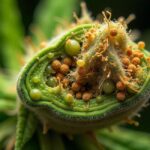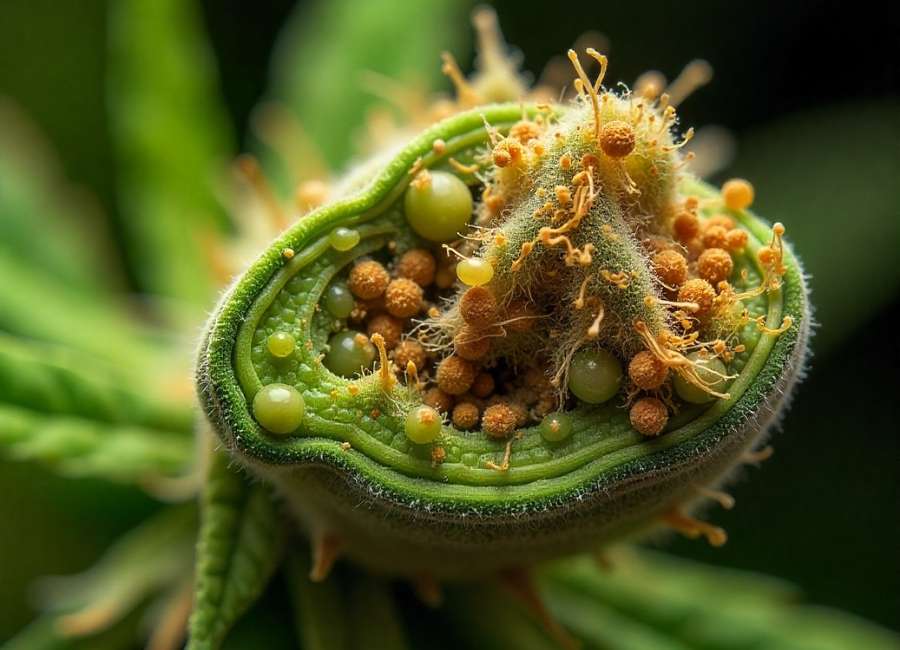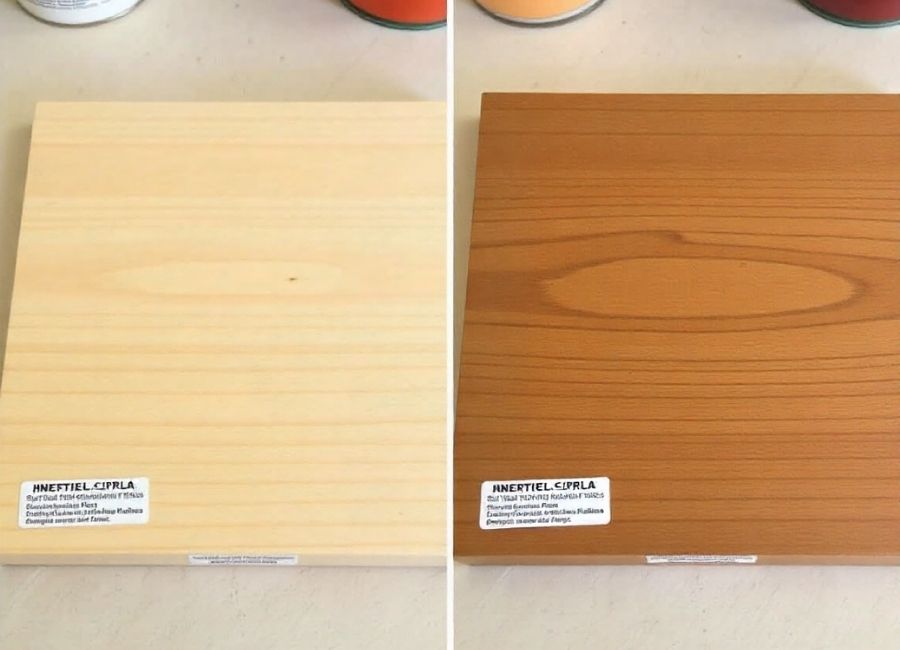With the increasing prevalence of cannabis use for both medicinal and recreational purposes, it is essential to recognize that product quality varies significantly. Terms such as “sprayed weed” and “laced weed” refer to specific forms of contamination. Some cannabis products contain additives or other drugs, which may result in serious and unpredictable health risks. (‘Kush’, ‘Khadafi’ and ‘Monkey Tail’ drugs pose health risks in Africa, UN agency says, 2024)
This guide outlines the distinctions between sprayed and laced cannabis, methods for identifying contaminated products, and the associated health risks. Understanding these factors enables safer decision-making and reduces the likelihood of exposure to harmful substances.
Sprayed Weed vs. Laced Weed
Although the terms “sprayed weed” and “laced weed” are sometimes used interchangeably, they denote distinct types of contamination. Recognizing this distinction is essential for accurately assessing potential risks.
What is Laced Weed?

Laced weed is marijuana that has been mixed with other psychoactive drugs or chemicals. Dealers do this to make low-quality cannabis seem more potent or to create a different kind of high. Common substances used for lacing include synthetic cannabinoids (like K2 or Spice) and, less commonly, stimulants like cocaine or meth. (Synthetic Cannabinoids, 2024)
The principal risk associated with laced cannabis is the unpredictable and frequently intense physiological and psychological effects. For example, marijuana laced with opioids may cause profound drowsiness and respiratory depression, while cannabis mixed with stimulants can result in tachycardia, severe anxiety, or hallucinations. (A Rare Case of Diffuse Alveolar Hemorrhage Caused by Fentanyl-Laced Marijuana, 2023) Unawareness of these additives substantially increases the likelihood of adverse reactions.
What is Sprayed Weed?
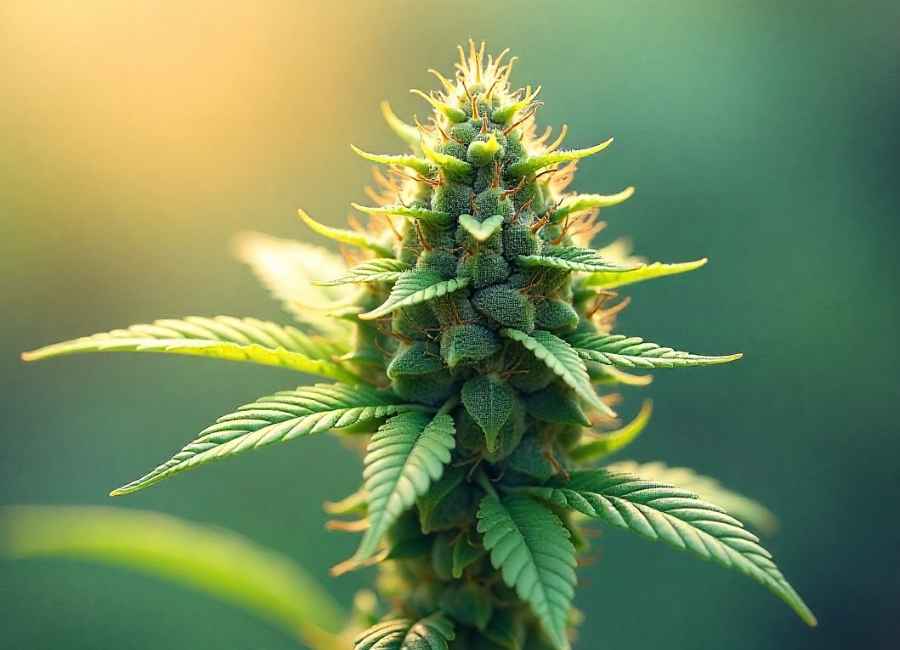
Sprayed weed, on the other hand, refers to cannabis that has been treated with additives to enhance its appearance, smell, or weight, rather than to alter its psychoactive effects. Dealers might spray buds with sugar water or even hairspray to give them a shiny, crystalline appearance, making them look like higher-quality products. (What is Sprayed Weed: Risks & How to Spot It, 2023) In other cases, substances like sand or glass particles are added to increase the weight, deceiving buyers into paying more. (UK: Warning – there’s glass in your grass, 2007)
Although these additives are not designed to alter psychoactive effects, they may still pose significant health hazards. Inhalation of smoke from cannabis treated with pesticides, industrial chemicals, or household products can result in respiratory complications, allergic responses, and other adverse health outcomes. (Cannabis and Secondhand Smoke, 2024)
What Is Weed Laced or Sprayed With?
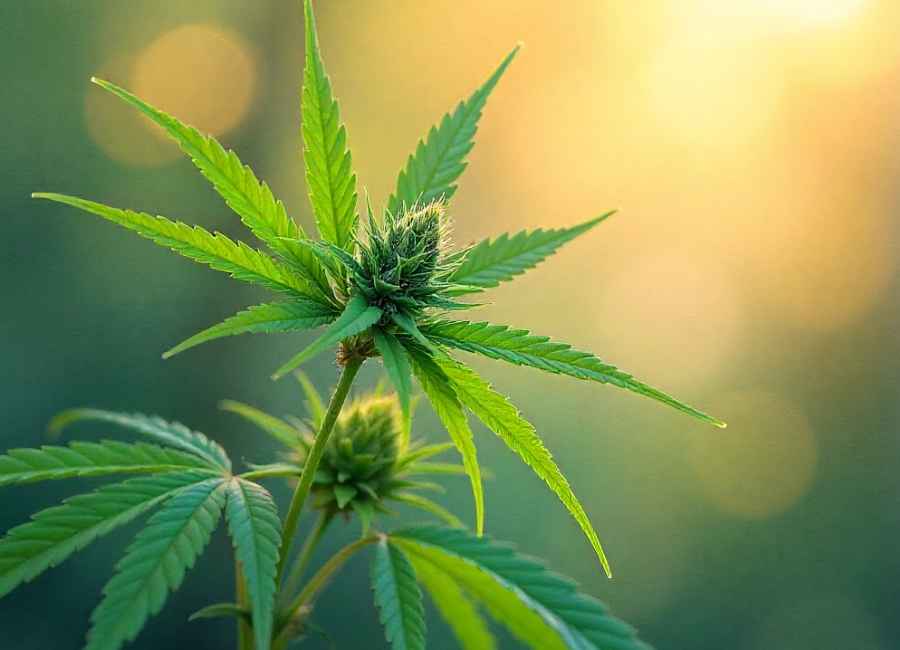
Cannabis products may be contaminated with a variety of substances, each presenting distinct health risks.
- Synthetic Cannabinoids: Laboratory-produced chemicals such as K2 or Spice are designed to mimic the effects of THC but are significantly more potent and hazardous. (K2/Spice, 2025) These substances are frequently used to lace cannabis and may induce severe adverse effects, including psychosis, acute anxiety, and tachycardia.
- Stimulants: Substances such as cocaine or methamphetamine are occasionally combined with cannabis. This mixture can result in dangerously elevated heart rate, hypertension, and a heightened risk of polysubstance dependence. (Cannabis, cocaine, methamphetamine, and opiates increase the risk of incident atrial fibrillation, 2022)
- Opioids: While there is a lot of anecdotal discussion about fentanyl-laced weed, the U.S. Drug Enforcement Agency (DEA) has not issued official warnings about it. Burning destroys fentanyl, making it ineffective when smoked. Lacing weed with fentanyl also offers no financial incentive for dealers. (FACT OR FICTION: FENTANYL LACED MARIJUANA, 2022)
- Household and Industrial Chemicals: To enhance appearance or increase weight, some dealers apply substances such as hairspray, perfume, detergent, or glass particles to cannabis. Inhalation of these toxins may cause acute throat irritation, persistent coughing, and long-term pulmonary damage. (Crawford et al., 2009)
How to Tell if Weed is Sprayed or Laced
Identifying contaminated cannabis can be challenging; however, several indicators may assist in detection. Vigilance in recognising these signs can help mitigate significant health risks.
Unusual Smell or Taste
NaturalodoursNatural cannabis typically possesses a distinct, earthy scent. Detection of synthetic odours, such as those resembling chemicals, plastic, or perfume, may indicate contamination. The presence of a bitter or metallic taste is also a potential warning sign.
Odd Appearance and Texture
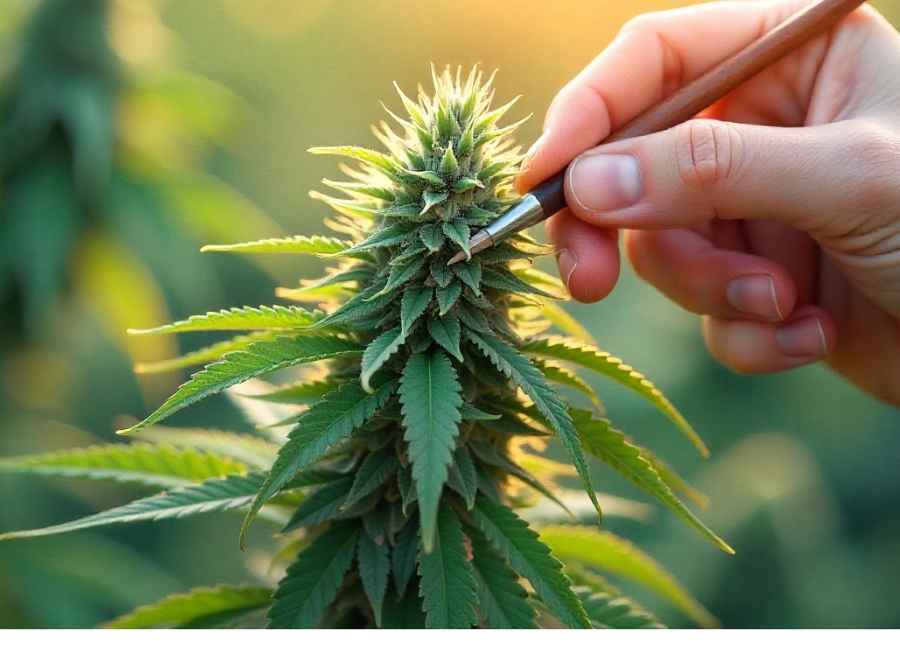
Carefully examine the cannabis buds. Sprayed products may appear unnaturally glossy or feel excessively sticky. Some dealers introduce fine powders, such as sand or sugar, to increase weight. Testing for residue can be performed by rubbing a small sample between your fingers or on a dark, smooth surface. Scratching a CD or an old pair of sunglasses may reveal the presence of sand or glass particles.
Unexpectedly Strong Reactions
If the psychoactive effects are significantly more intense than expected, the cannabis may be laced. Symptoms such as pronounced hallucinations, severe paranoia, tachycardia, or profound sedation are atypical of natural cannabis and may suggest the presence of additional substances.
Chemical Residue
Examine the buds and the bottom of the packaging for white, powdery residue. Such residue may consist of talcum powder, crushed pharmaceuticals, or other potentially harmful chemicals.
How to Avoid Contaminated Cannabis
The most effective means of protection involves obtaining cannabis from reliable sources and conducting thorough inspections prior to use.
- Purchase from Reputable Sources: The safest approach is to obtain cannabis from licensed, legal dispensaries. These establishments are mandated to test products for safety and purity, thereby substantially reducing the risk of contamination. (Mississippi health department says some medical marijuana products are being retested for safety, 2023) In contrast, unregulated street dealers present a higher likelihood of distributing sprayed or laced products.
- Inspect Before Use: Always visually and olfactorily examine cannabis prior to consumption. If any irregularities are detected, it is advisable to err on the side of caution and dispose of the product.
- Avoid Pre-Ground Products: Whole cannabis buds are more amenable to inspection than pre-ground products or pre-rolled joints, which may conceal contaminants. Grinding cannabis personally provides an additional opportunity to identify irregularities.
- Cultivate Your Own: In jurisdictions where cultivation is legal, growing cannabis personally allows for complete oversight of the production process, thereby ensuring the absence of harmful additives.
Seeking Help for Substance Misuse
Consumption of sprayed or laced cannabis, even inadvertently, can result in significant health complications and may contribute to patterns of substance misuse. Individuals experiencing difficulties with cannabis use or other substance dependencies are encouraged to seek professional assistance. California Detox offers compassionate, evidence-based treatment programs tailored to your individual needs. Our medical detoxification program provides a safe and supportive environment to manage withdrawal symptoms, followed by ongoing inpatient care at our luxury beachside facility. Our personalised treatment plans may include counselling, various forms of therapy, and aftercare support to help you achieve lasting recovery.

